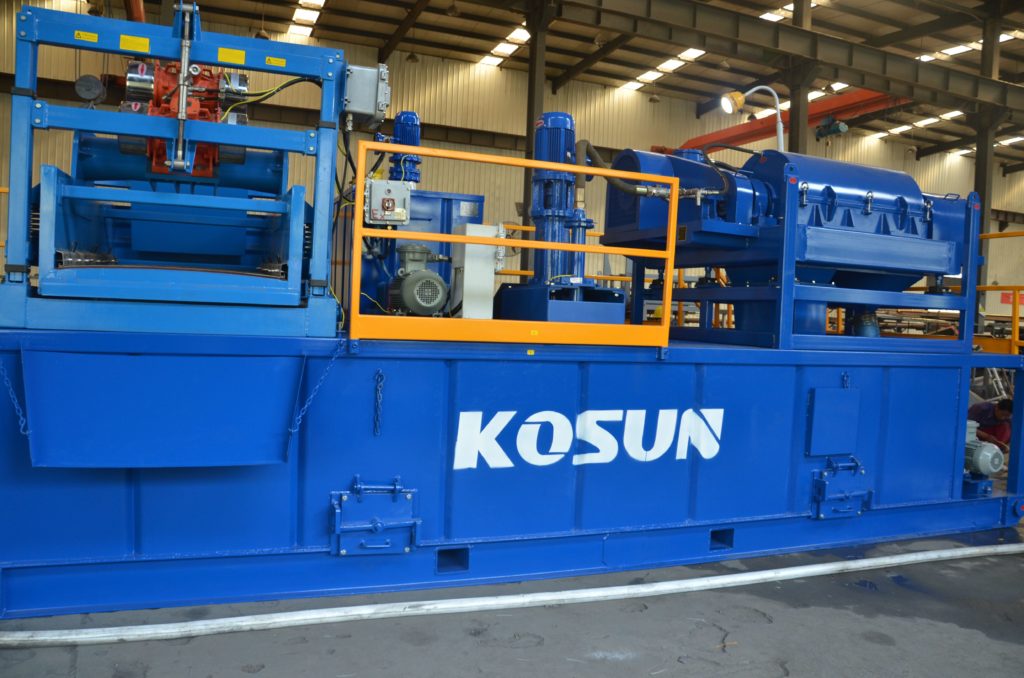Drilling Waste Management
Drilling waste management is more and more important. The necessity of energy is increasing relentlessly. People are becoming more and more power hungry. With the increase in the demand, drilling companies are trying to cope up with the ever increasing demand by setting up new drilling sites.
A major issue that any drilling company has to handle is how to manage the drilling wastes generated from shale shaker cuttings. Drilling waste management companies are trying to sort out the most environment friendly method for the waste management.

A major step of drilling waste management plan is managing the containment of the wastes generated by shale shaker. A discussion about the issue is given below.
How the drilling waste is contained and handled: The first issue that should be consider in containing and handling drilling waste is the geographical features of the certain drilling sites.
Containment and handling of drilling wastes are no longer to simply on shore based as more and more companies are engaging in off shore drilling for new source of oil and gas. The most common way of managing shale shaker generated drilling wastes is building and using sumps.
Different types of drilling wastes including cement returns drilling wasted and drilling cuttings are contained in a sump. The sumps that are used to contain drilling wastes should not be built in non – polluted area of surface.
A sump inspection must be performed by experts right before the waste disposed in it. A waste tracking system for the drilling wastes must be developed to control the flow of wastes in the sumps.
A regular and efficient inspection schedule must be maintained by the employees in order to ensure that waste contamination sumps are in subtle condition. Another important issue for handling and contamination of drilling waste is decommissioning the sumps. When any sump is decommissioned, drilling authority must ensure that there is zero possibility of further contamination.

